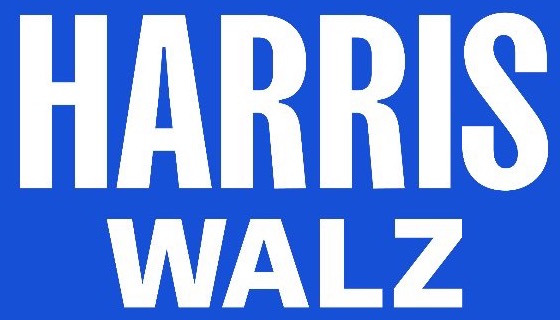Mandate for Leadership - Chapter 29 - Federal Election Commission - TL;DR
Overview:
Chapter 29 outlines a plan to influence the Federal Election Commission (FEC) to weaken campaign finance enforcement, protect wealthy donors and special interests, and maintain the agency’s current structure, which often leads to gridlock and inaction.
Key Takeaways:
- Limited Direct Control, Strategic Influence: The chapter acknowledges the President’s limited direct authority over the FEC but emphasizes that a conservative President can still influence its direction through strategic appointments and by directing the DOJ’s enforcement priorities.
- Prioritizing First Amendment Rights: It emphasizes protecting First Amendment rights in the context of campaign finance regulation, arguing that the FEC and DOJ should not “infringe on protected First Amendment activity.” This rhetoric could be used to justify a lax approach to enforcement and to shield wealthy donors from scrutiny.
- DOJ Deference to the FEC: It argues that the DOJ should defer to the FEC’s interpretations of campaign finance laws, even if those interpretations are narrow or favorable to donors, potentially limiting the DOJ’s ability to prosecute violations.
- Defending the FEC from Accountability: It criticizes Democratic FEC commissioners for challenging the agency’s actions in court and suggests that the President should direct the Attorney General to defend the FEC in such cases, potentially shielding the agency from accountability.
- Maintaining Gridlock: It strongly opposes changing the FEC’s structure, arguing that the current six-member, bipartisan commission is essential to prevent the agency from being “weaponized,” despite the fact that this structure often leads to gridlock and inaction.
Critical Quote:
“While the authority of the President over the actions of the Federal Election Commission ‘is extremely limited,’ the President ‘must ensure that the [Justice Department], just like the FEC, is directed to only prosecute clear violations’ of the Federal Election Campaign Act.”
Why It Matters:
This chapter reveals a plan to weaken campaign finance enforcement and to protect wealthy donors and special interests from accountability, potentially allowing them to exert greater influence on elections and undermining democratic fairness.
Red Flags:
- Weakening Enforcement: Directing the DOJ to defer to the FEC’s interpretations and defending the FEC from lawsuits could limit enforcement of campaign finance laws.
- Protecting Wealthy Donors: The emphasis on protecting First Amendment rights and limiting the DOJ’s role could be used to shield wealthy donors from scrutiny and accountability.
- Perpetuating Gridlock: Maintaining the FEC’s current structure, which often leads to deadlock and inaction, would make it difficult to address campaign finance abuses.
Bottom Line:
Chapter 29 outlines a strategy to undermine campaign finance reform and to allow wealthy donors and special interests to exert greater influence on elections, potentially corrupting the democratic process and undermining the principle of one person, one vote.

